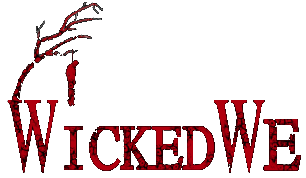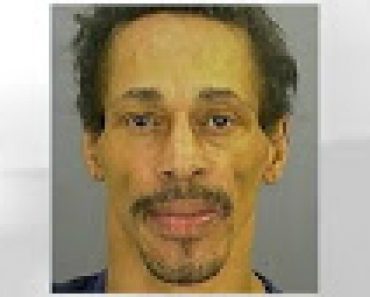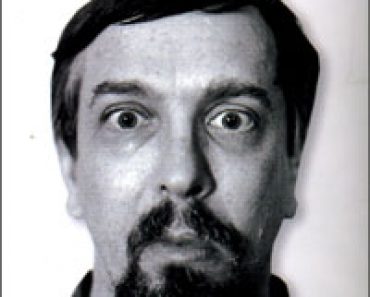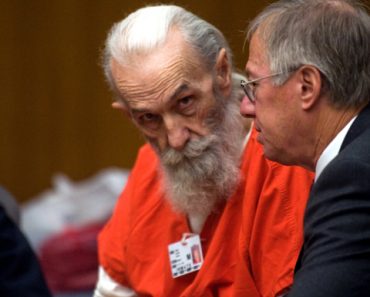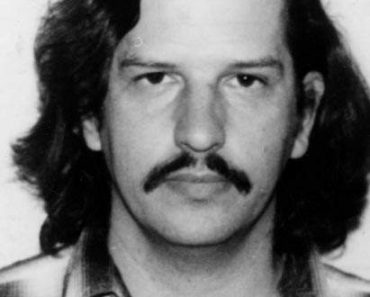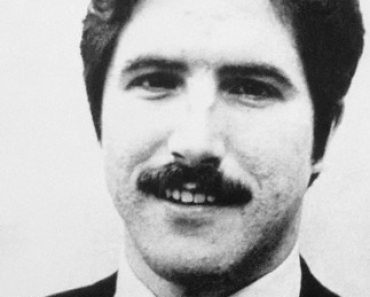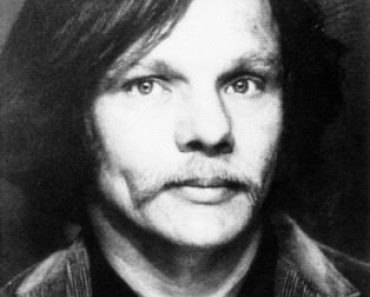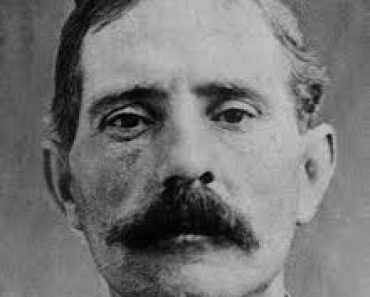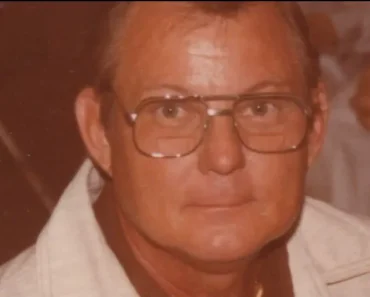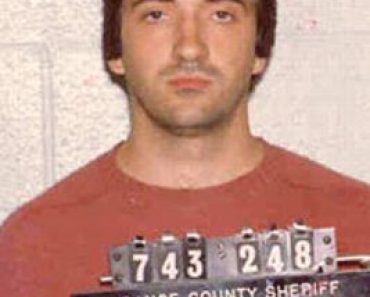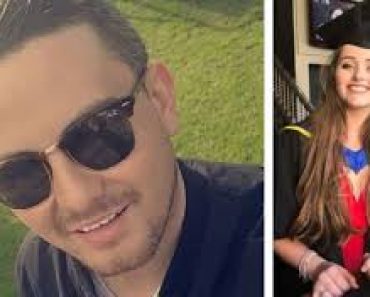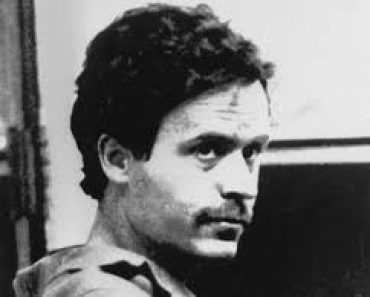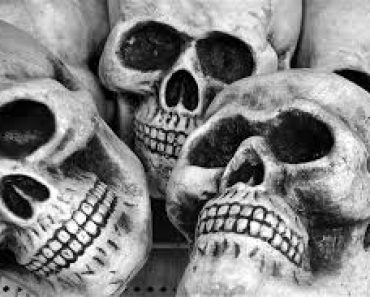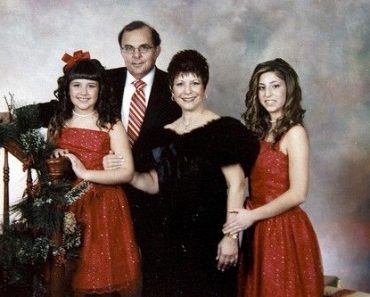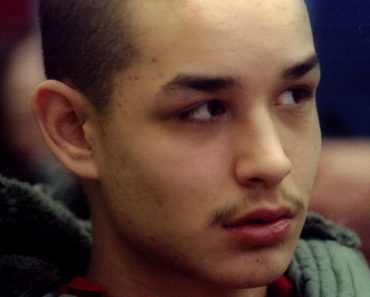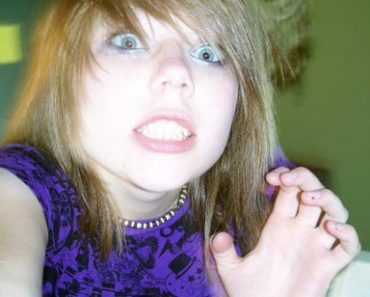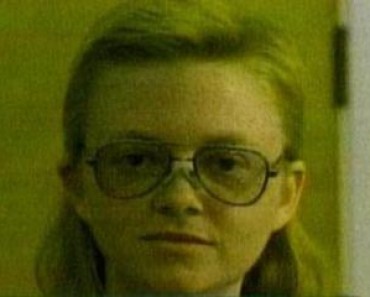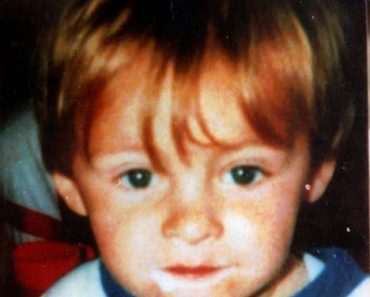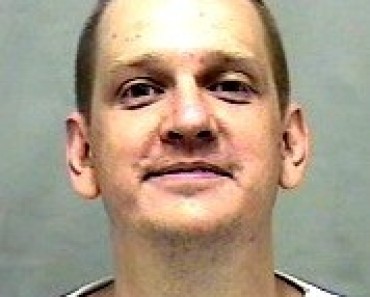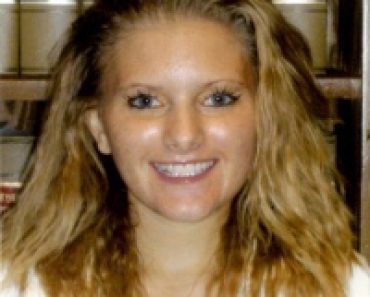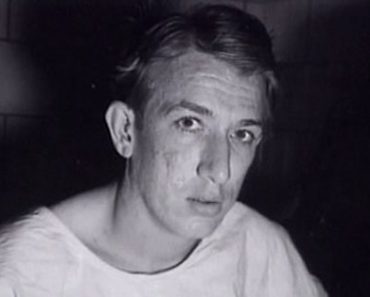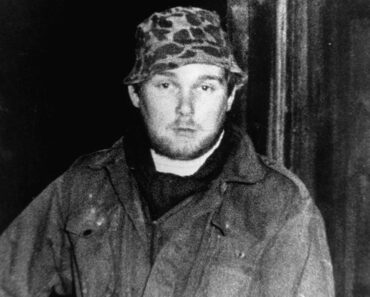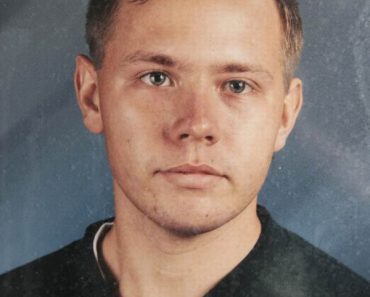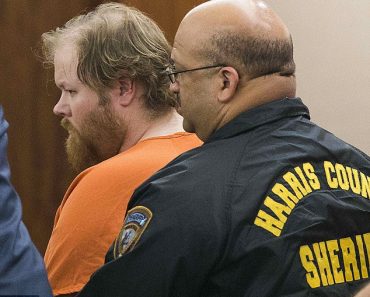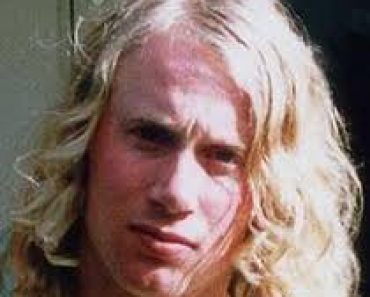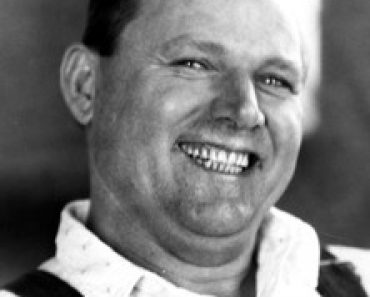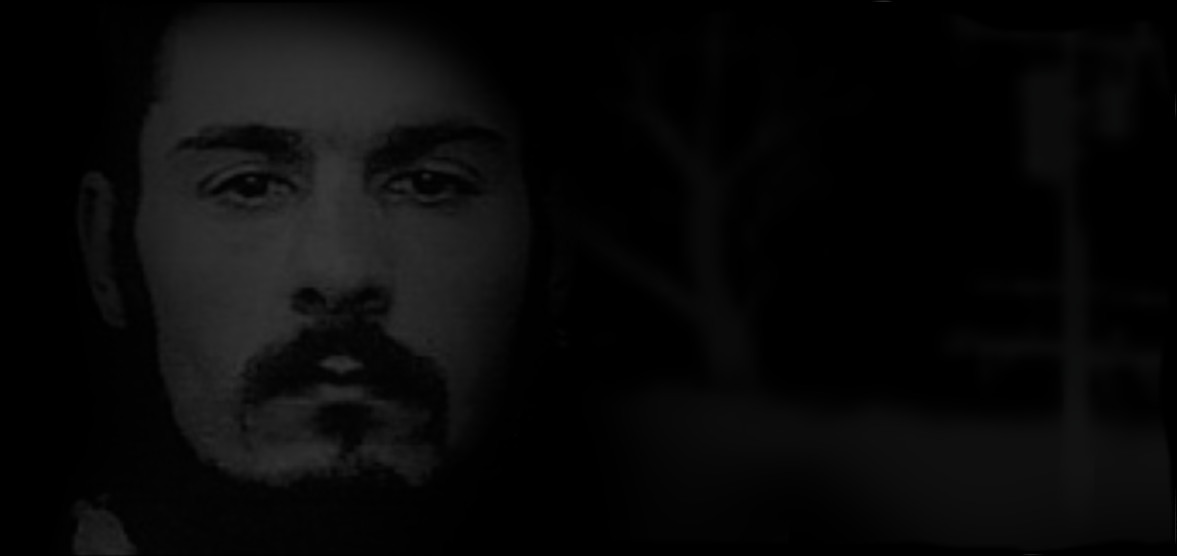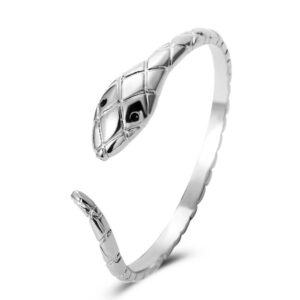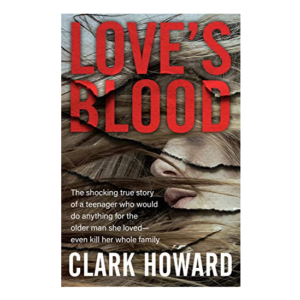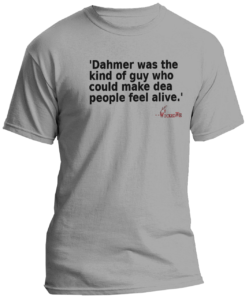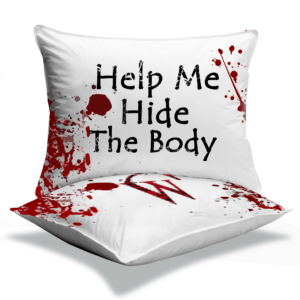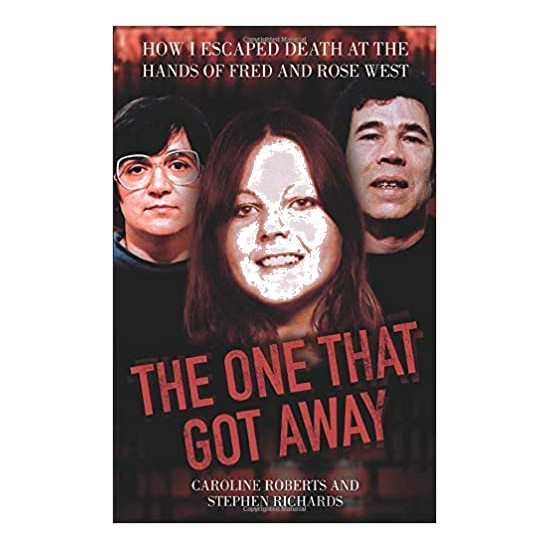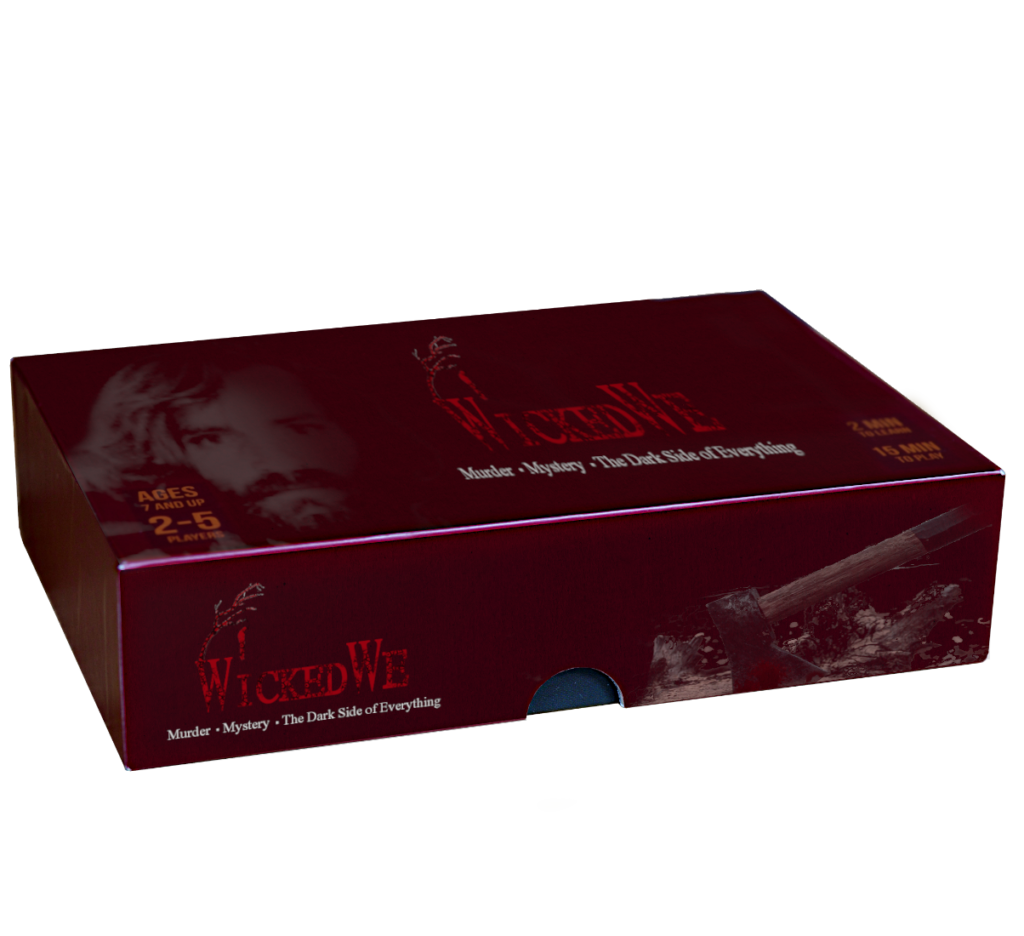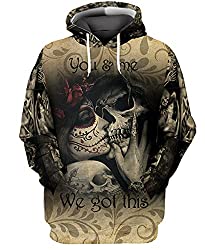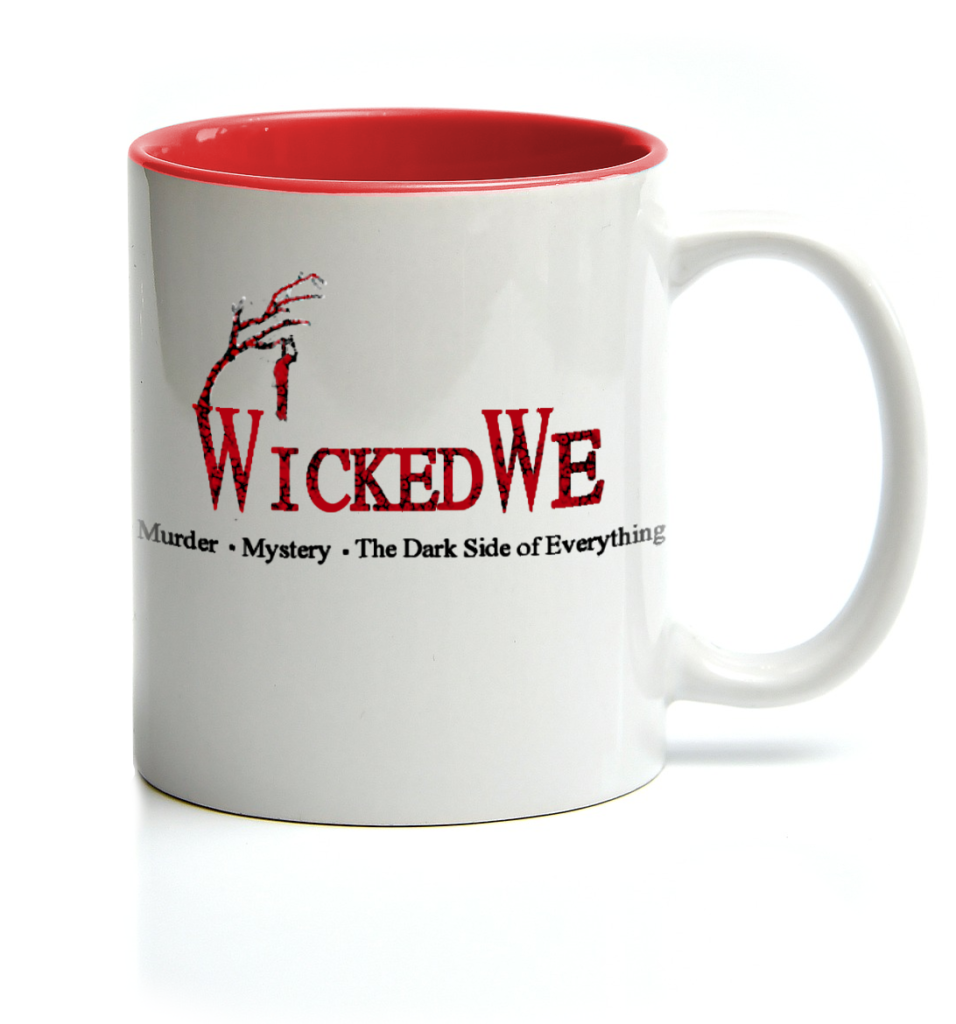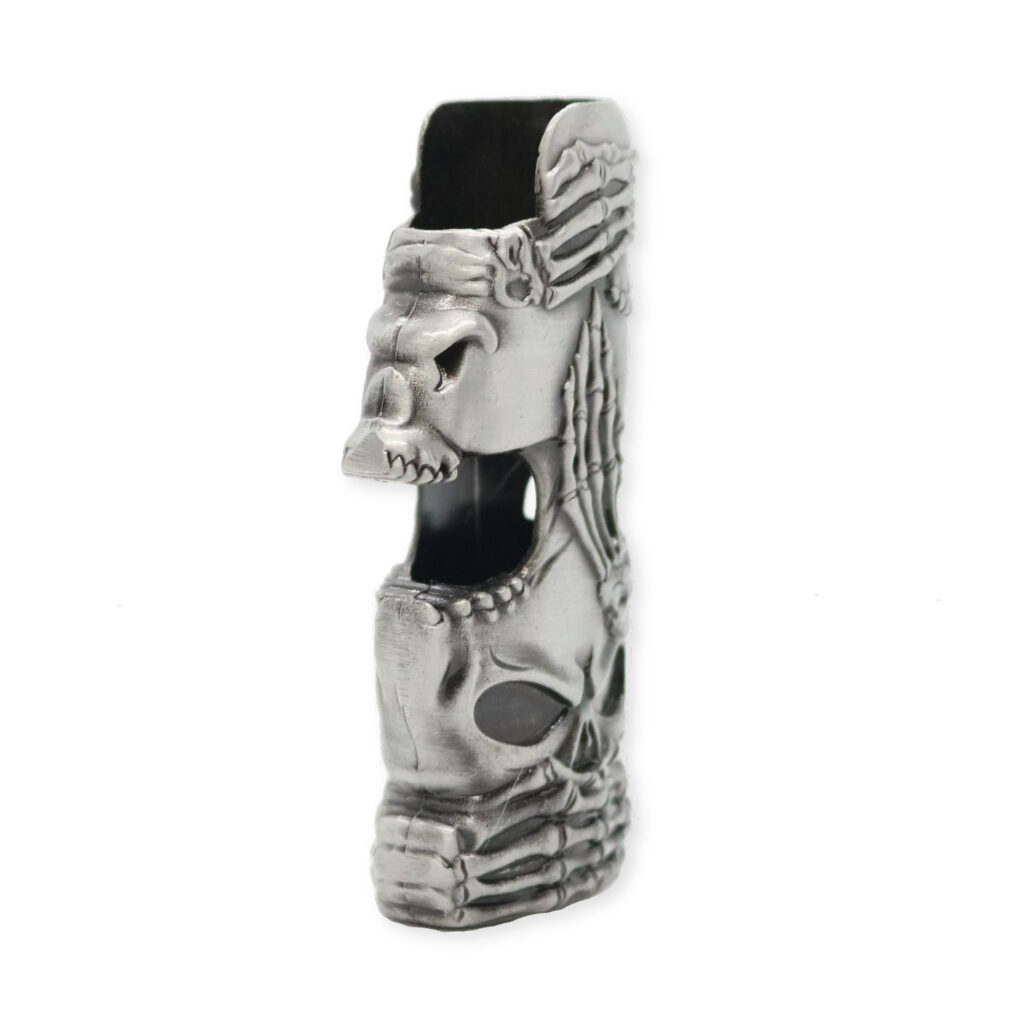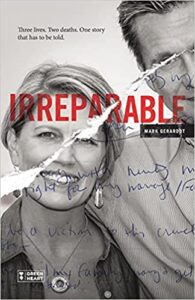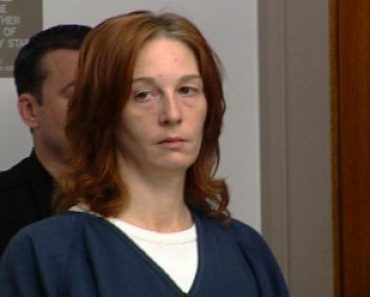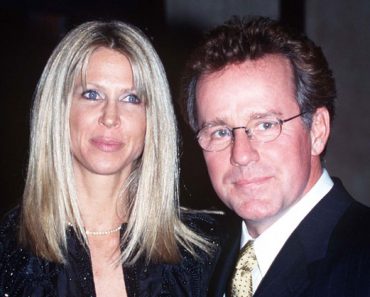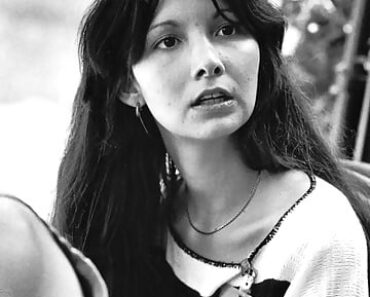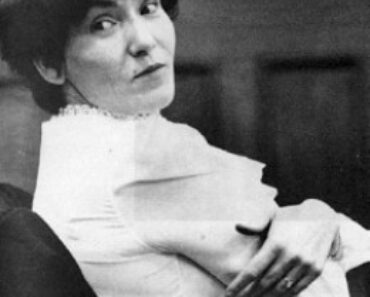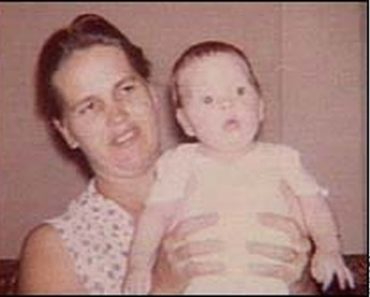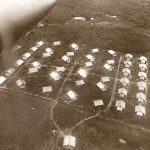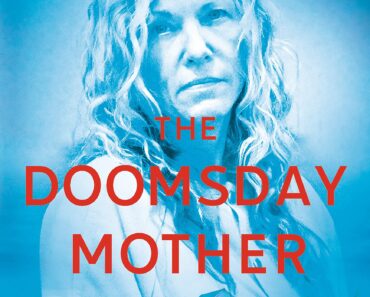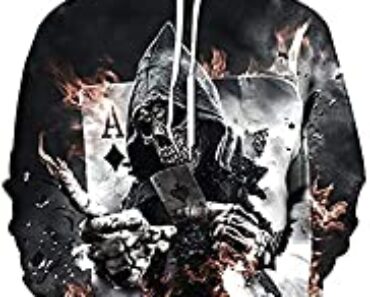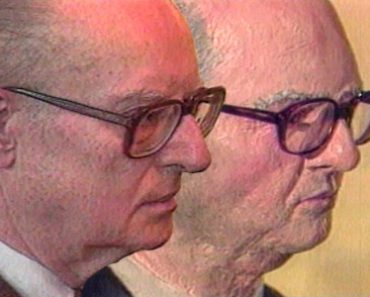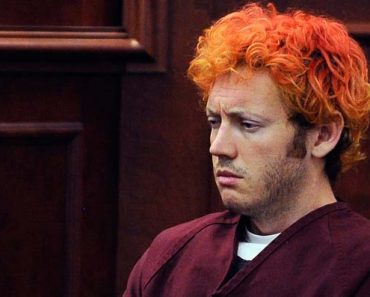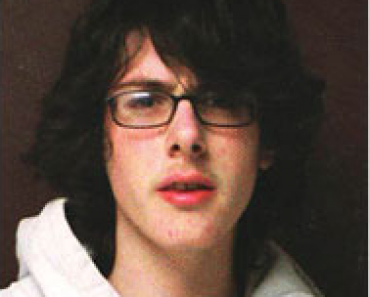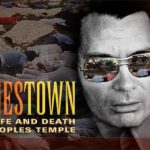
Jonestown, Guyana was the scene of one of the most horrific and tragically wicked events in America’s history, out done only by the terrorist attack on 9/11.
James (Jim) Warren Jones established the Peoples Temple in Indianapolis in the mid 1950’s. He preached against racism, attracting many African-Americans into his ‘church,’ where blacks and whites worshiped together.
In 1971, he left Indianapolis and moved, with the entire congregation, to the west coast. After moving to San Francisco, his ‘church’ , that was growing by leaps and bounds, was coming under constant attack, being accused of financial fraud, mental and physical abuse of the members and cruel mistreatment of the children.
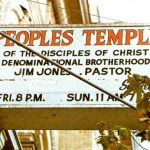 Jim, growing more and more paranoid, fearful that the government would take his tax free status or steal his wealth, finally moved his ‘Temple’, and it’s members, to Guyana, promising a ‘socialist utopia.’
Jim, growing more and more paranoid, fearful that the government would take his tax free status or steal his wealth, finally moved his ‘Temple’, and it’s members, to Guyana, promising a ‘socialist utopia.’
Over time, former members of Jim’s fold and relatives, of those who had left their home country to join this man on a quest to build the perfect world, convinced Congressman Ryan to investigate the settlement in person and put everyone’s mind at ease. They just wanted to be reassured that their family members were safe and happy, and there of their own free will, allowed to come and go as they pleased.
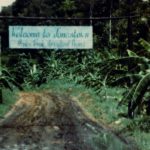 So, in November of 1978, Congressman Ryan, along with some journalists, a small group of observers and a small group of some unbelieving family members flew into Guyana and were then trucked out into the jungle to a place called Jonestown.
So, in November of 1978, Congressman Ryan, along with some journalists, a small group of observers and a small group of some unbelieving family members flew into Guyana and were then trucked out into the jungle to a place called Jonestown.
Upon their arrival all seemed well. Not quite paradise, as one would envision a paradise, but rather an organized, agricultural society with small, shack-like cabins, a compound area and a pavilion that obviously served many functions. A party was thrown for the important guests and all did in fact seem happy and healthy and appeared to be delighted with the great life they had created.
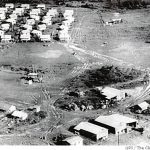
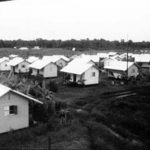
In truth, although as yet unspoken and certainly not revealed in any way, was the fact that the Temple members did not receive peace on earth but rather heavy labor on an agricultural plantation and constant suicide drills! (wtf?) More importantly, and kept twice as quiet, was the fact that those who even questioned the ‘Father’ (Jim Jones) were severely punished.
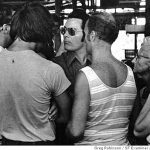
wanna-be defectors asking the congressman openly for a ride out of Jonestown. Jones listening angrily
But all of that changed when individuals started hinting quietly to the ‘guests’ (cameramen, video crew, news reporters, etc.) of their desire to get out of the commune and away from Jonestown. The congressman was informed but none of the group really knew how to react. So they didn’t.
The next day, as planned, Congressman Ryan’s group thanked everyone for their hospitality and made ready to leave. It was at this moment that several of the Jonestown residents approached the departing guests and asked them openly for a ride out of Guyana.
Jim became instantly distressed at the bold, mutinous move of these wanna-be defectors and one of his lieutenants, spying this, immediately attacked Congressman Ryan with a knife. He was jumped at once by members of the church and wrestled to the ground. The Congressman escaped unharmed and the group boarded a truck to be taken back through the jungle to the airstrip. Once out of sight, Jim ordered his men to follow after them and kill the congressman and his entire company before they could leave the ground.
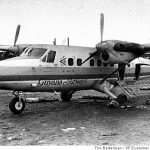
Jim’s followers open fire on the congressman and his group at the charter plane. Five lay dead. Two more played dead.
The Congressman and four others were murdered as they boarded their charter planes. Two played dead praying no more bullets were fired at them.
After his men had driven from the commune, Jim turned to the people and commanded that everyone gather in the main pavilion. The youngest members of the Peoples Temple were the first to be ushered to the front of the open structure. They would be the first to die. Nearly 200 of them in all. Parents and nurses used syringes to drop a potent mixture of cyanide, sedatives and powdered fruit juice, similar to Kool-Aid, into the children’s throats. Adults then drank the concoction while armed guards surrounded the pavilion, ensuring that no one ran. One by one, the people of Jonestown walked to the poisoned liquid in a wooden vat and willfully, it would appear, drank from it. They then huddled with their loved ones and proceeded to all die together.
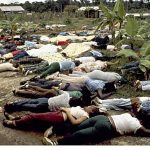
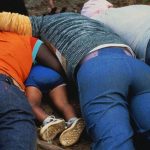
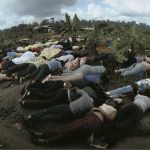
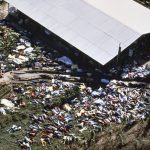
Richard Dwyer, who was the deputy chief of mission at the U.S. embassy in Guyana when the tragedy at Jonestown took place, and one of the two that played dead after being shot at the plane, stated the following concerning his trip to Jonestown.
Jonestown was up in the bush in the northwest portion of the country–150 miles by chartered airplane from Georgetown. Shortly after I got there, Ambassador Burke suggested that one of the first things I ought to do was visit Jonestown along with the chief of the consular section, Dick McCoy.
I went up there shortly after I got to Georgetown. There were, I suppose, 900 to 1,000 people there (living in Jonestown) at the time.
Jonestown had a half-hour or a forty-five minute program on the Georgetown radio at least once a week. It was a publicity and propaganda type thing of what they were doing with the forests, how many acres they had cleared, what they had grown, how they were establishing their big farm, their chicken ranch, cattle, how they were developing new crops, etc. It sounded very impressive on the radio.
Indeed at first glance, Jonestown, itself, was very impressive. It reminded me of the early days in a kibbutz in Israel. There was still a great deal of that enthusiasm. What was weird was that as they were taking me around to look at these things, these things were being described in exactly the same words I had heard on the radio program just the week before. In other words, they were rote.
The Jonestown people, as far as we could see, were not physically abused. They were wiry and there was no question that they worked hard to accomplish what they did, but none maintained that they were forced to do so or leave. None of the people that McCoy interviewed privately expressed a desire to leave.
The people at Jonestown were a mix. The large proportion of them were urban black, many from the ghettos. There were many elderly people there that were called ‘the seniors.’ These undoubtedly had an attraction for Jones because they had Social Security benefits that were sent to them in Guyana, which they would then endorse. The money went to the People’s Temple.
Somewhere about then we were notified that a congressional delegation would be coming to see us. This would be a delegation of two or three congressmen led by Congressman Leo Ryan of California, whose district included a number of constituents both among the relatives and among the people in Jonestown itself. But looking back on it, it was amazing how little we knew about what had happened in California with the People’s Temple or about Ryan or what he knew, or for that matter what Consular Affairs in the Department of State knew.
Ryan had been a high school teacher and had a friend whose grandchildren were at Jonestown and who was very concerned about them. The father of these children had been killed in an alleged accident in a railroad yard in Los Angeles. The suspicion being, but never proved, that the People’s Temple were responsible for it, that it was in fact a murder. The mother had taken the children to Jonestown. So it was a very personal concern of Congressman Ryan’s.
And something else that I had been unaware of until he told us, John Burke and myself on his arrival, that he had a daughter who was very much involved in the Church of Scientology and he thought they did much good work. Thus he wasn’t necessarily against all cults, but he had had some experience with that. He had been a leader in getting the Congress to pass a resolution urging the pardoning of Patty Hearst. In other words, a man who had had some experience with publicity and unusual ways to get it. Nonetheless his interest in Jonestown, I think, was very real.
I should say that Ryan arrived not only with the press, but a whole bunch of People’s Temple relatives. I don’t remember how many came down, 15 or 20 or so. We were met at the airstrip by a local government representative and a group of people from the People’s Temple. The group of people from the People’s Temple were unfriendly, to say the least.
Jim Jones came out eventually. Congressman Ryan and he talked for a while. Ryan explained that he was on an official delegation, that he had no ax to grind, that he wanted to see for himself so that he could report to his constituents.
Jim Jones gave his usual spiel that these were people who had been emotionally and economically deprived in the United States and the whole purpose of this wilderness settlement was to remove them from the temptation of the large city. Although he said at one point that if he had to do it over again maybe he would not remove them quite so far. The People’s Temple were the victims of malicious and untrue propaganda put out by the concerned relatives.
After a day there, they decided to leave Jonestown. The big dump truck was pulled up and the concerned relatives who were leaving began to load their things on it. The mass of People’s Temple members stood around quietly and watched. There were some exchanges.
Then a man came up with, I think two children, and said that he wanted to come too and take the children. A woman followed him screaming saying, “You can’t take my children. My children and I stay here.” We had the most difficult problem of a consular officer’s life of a custody question right there.
By this time I knew we had a small single engine aircraft coming up that would carry four people. I wanted to get as many people out of there as possible. With this couple coming we told them that whether the man was coming with the children or without the children was not something that we could decide.
This was a legal question that we had no authority to determine. But it looked like, although we didn’t have any more people wanting to go, with the exception of a young man who came very late who said he wanted to go, it looked conceivably that we might have some more if we talked to people.
Congressman Ryan and I talked about it. We decided that we would stay, in fact he decided he would stay and if he stayed, I stayed, overnight again. The people who were leaving would go. I said I would take all those who were leaving to the airport and then return with the truck. We had everybody pretty much loaded up on the truck.
Anyway, we were all on the truck when suddenly there came shouts and screams from the pavilion. I got off the truck and ran back to the pavilion. A couple of the large young men who were the security force for the People’s Temple would not let the press or anyone else, besides myself, I guess they let one press guy, go back.
We arrived at the pavilion to find Congressman Ryan standing shaken, with blood all over his shirt, and another young man being held by members of the People’s Temple.
What had happened apparently was that this young man had approached Ryan from behind with a knife, grabbed him from the back and put the knife to his throat and said that he was going to kill him. A couple of the People’s Temple members and one of the lawyers grabbed the guy and wrestled him to the ground. In the process the young man’s hand was cut and he bled all over Ryan’s shirt.
Ryan said that the young man had to be put in custody and the police had to be notified. The only real police were at Matthew’s Ridge, an old mining town about 30 miles away, except for the guy in shorts with a shotgun in town. He was assured that this would be done and that he would be prosecuted under Guyanese law and that they would call the police right away. Of course they had no means of calling the police.
Congressman Ryan was shaken obviously but still very much in command of himself. He and I walked aside and he asked, “What do we do now?”
I said, “Congressman, I am not sure what I’m doing, but I want you out of here right now as fast as we can.”
He said, “Will you stay and see about the people who want to come back?”
And I said, “Yes, I would.” Looking back at it I shudder to think about it. But in any event, my main concern was getting him out of there.
Ryan was standing out by the wing tip. The airplane was facing south and the engines were running. Ryan started to walk towards the aircraft when a farm tractor pulled on to the field towing a farm cart with wooden sides going up two or three feet. The tractor pulled on to the field and came down along the side of the tarmac. I turned around to look and as we watched, nine or ten people stood up from the truck and they had various guns.
They were in the cart that was being towed by the tractor. They had various guns — shotguns, 22’s, 30-06, and various other things, but no automatic weapons. And they began firing. The Congressman was obviously a target. He and I ran around the front nose of the aircraft.
The tractor was between the airplane and the bush on the one side of the airstrip. So those people who were closer to the bush could run off into the bush, while those of us at the airplane and in front of it didn’t have much of a place to go. We decided to independently run across the tarmac to the protection of some houses and trees on the other side.
About at that stage the NBC television tape ends with the murder of the cameraman. It was all filmed from the time the firing began. He was obviously a target. I got to the other side of the airplane and decided that there was just no way that I could possibly make it across another 75 yards of open territory and decided that I would play dead. As I was about to artistically fall to the ground, and indeed I must have almost been on the ground, somebody shot me with a .22 long. As I later learned I wasn’t badly hurt. It had entered my left thigh and lodged up near the spine. It is still there; it is more dangerous to take it out than leave it alone.
Anyway, I was on the ground there. Staccato firing continued for what seemed like a long time but probably couldn’t have been more than a couple of minutes. I had thought that the reason I didn’t want to run across the tarmac or try to go any further was because I thought we were in a cross-fire between the big truck that was parked on the other side of the tarmac from the tractor. I had thought that we were being fired on from that truck. Later only one other person thought we had been fired on from that truck, so I don’t know whether we were or not. Anyway, I was convinced we were and that I would never make it past that truck.
I lay on the ground and the firing stopped. I was trying to pretend that I was dead. I couldn’t decide whether I would be more convincing playing dead with my eyes open or closed. Finally, I decided that I at least would like to see those bastards. I heard feet on the loose stones of the dirt on the tarmac and a shotgun went off. More steps and the shotgun went off again. Ryan had obviously been hit more than once.
The shotgun continued for five shots, including right next to me–Ryan. I was waiting for the next shot which never came. To this day I do not know why. I suspect that it was a five-shot shotgun and the last one was used on Ryan.
The steps went away and I lay on the ground until finally I heard the vehicles drive away. There was no conversation, no shouts that I recall. After a few moments I looked around carefully and there wasn’t anybody there.
The Washington Post reporter, who was lying not far from me and I knew had done the same thing as I had, played dead, Charles Kraus, got up. I walked around to the Congressman. He had been shot, obviously, more than once. Probably with a rifle, but the better part of his face had been blown away with the shotgun. The cameraman was dead. The photographer from the Hearst newspapers was dead.
Everyone had fled the airplane into the bush and when I went into the airplane, Mrs. Parks, Dale Parks’ mother, was sitting in a seat near the door with most of her head blown away by a shotgun blast at short range. Her face was still there but there was nothing behind it. It was incredible.
We had wounded all over the place. Jackie Spears had been badly hurt. A couple of the NBC cameramen had been badly hurt. My immediate concern was that these people could come back and finish the job. Why they didn’t finish the job I don’t know. I guess the fact was that they were not very good at anything. We carried the wounded over to the tall grass and hid them as much as we could. It wasn’t too good as you could see the tracks going into the grass….
The news crew was in absolute shock. Everyone there had cameras, but not one of them pulled them out. The cameraman was killed, his audio guy had half of his arm shot away. The anchorman for the NBC production that had interviewed Jones, etc., had obviously been a target. He had been killed.
Bob Flick the producer of the show was just absolutely stunned. He had worked with this crew through Vietnam and various war zones among other places, and was just absolutely crushed that here in this rinky-dink country’s backwoods he had lost a major part of his crew. He sat with the wounded all night and refused to leave. He gave them water, took care of them, held their hands, took down what we thought were their last words, etc. The rest of the news crew took 45 minutes and a number of them were back to normal. They began writing their notes and comparing stories.
The People’s Temple group were remarkable and so were the relatives. Nobody panicked, nobody broke down into hysterics. I don’t know whether it was the idea of having lived with People’s Temple and being used to doing what somebody said without complaint or whether it was a hard life that they stood up for themselves, but it was a truly remarkable group, even the children. We were told by the defectors from the People’s Temple that they were sure that the White Night would be for real back at Jonestown.
The White Night, I learned, had been a rehearsal for death that Jones would have people go through a number of times in the middle of the night. He would get everybody out of bed by the loudspeakers and they would come in and he would harangue them and pass them Kool-Aid or some such drink and tell them that it was poison. They would drink it and…
We waited, waited, and waited. Early in the morning and before dawn, I would say around 3:00, the government representative from the village came down to say that he had been finally in radio contact with Georgetown, that a company of troops were being flown into Matthew’s Ridge and would take the little freight train that used to haul the ore down to Kaituma….
The shooting had occurred about 4:00 or 5:00 in the afternoon and we had nothing but the first aid kit on the airplane to try and bandage these people with. We found a nurse from a dispensary. She brought down all the morphine tablets she had; there weren’t many. We were giving some people rum, but I was concerned. Obviously they were going to need a lot of medical attention and I was afraid to give them too much morphine or too much rum, even though they were in severe pain. Amazing though how little complaint there was, it was just incredible….
All this time we did not know what had gone on at Jonestown, except for one or two people who had gotten away and came back with stories saying that they were all dead — killing themselves. But this came with a story that one of the people in our group told me, that they had made a tank at Jonestown which was hidden in the woods — all kinds of rumors….
By this time it was almost dusk again. We flew into a small airport…. The Ambassador came over and debriefed me. I learned of the murders of Sharon Amos and her children at the People’s Temple headquarters in Georgetown. Apparently there had been instructions that everybody down there would kill themselves….
The most difficult decision that the Ambassador had to make at that time was what to do with the bodies up at Jonestown. The Guyanese government had come to him with the request that the bodies be taken back to the United States. John Burke quite correctly went back to Washington asking for instructions on how to do it….
They could have been buried there, but there were all sorts of problems…. On Sunday evening, just as I was leaving, the military went in to Jonestown and discovered, of course, that the worst had come to pass and there were 900 odd bodies lying on the ground in the tropical heat already beginning to decompose.
So I think my personal thing, my biggest mental anguish came from the children. These were children I had watched playing and had played with just hours before they were to be killed by their parents.
But on balance I am still convinced that the great majority of these people did in fact kill themselves. There were only one or two there, including Jim Jones, with bullet wounds. Some had injections of cyanide, but there was no way of telling whether these injections had been forced or not. Also, they had swallowed cyanide as well in many cases. So you didn’t know whether these had been injections to hurry on what they had already started or what have you.
And I was struck a year or two later by an article in The New York Times Magazine that reported on a woman who very much regretted that she had not been there. She had been in the United States for some reason, but she still regretted that she had not been there to take her own life with her colleagues. (credit – http://adst.org/)
The incredible thing about the suicide/massacre at Jonestown was the sheer number of people who had followed blindly after a mad man that had convinced them that he was superior to Jesus and would, and did murder their own children and loved ones, then take their own lives at his command.
Pic credits – murderpedia
